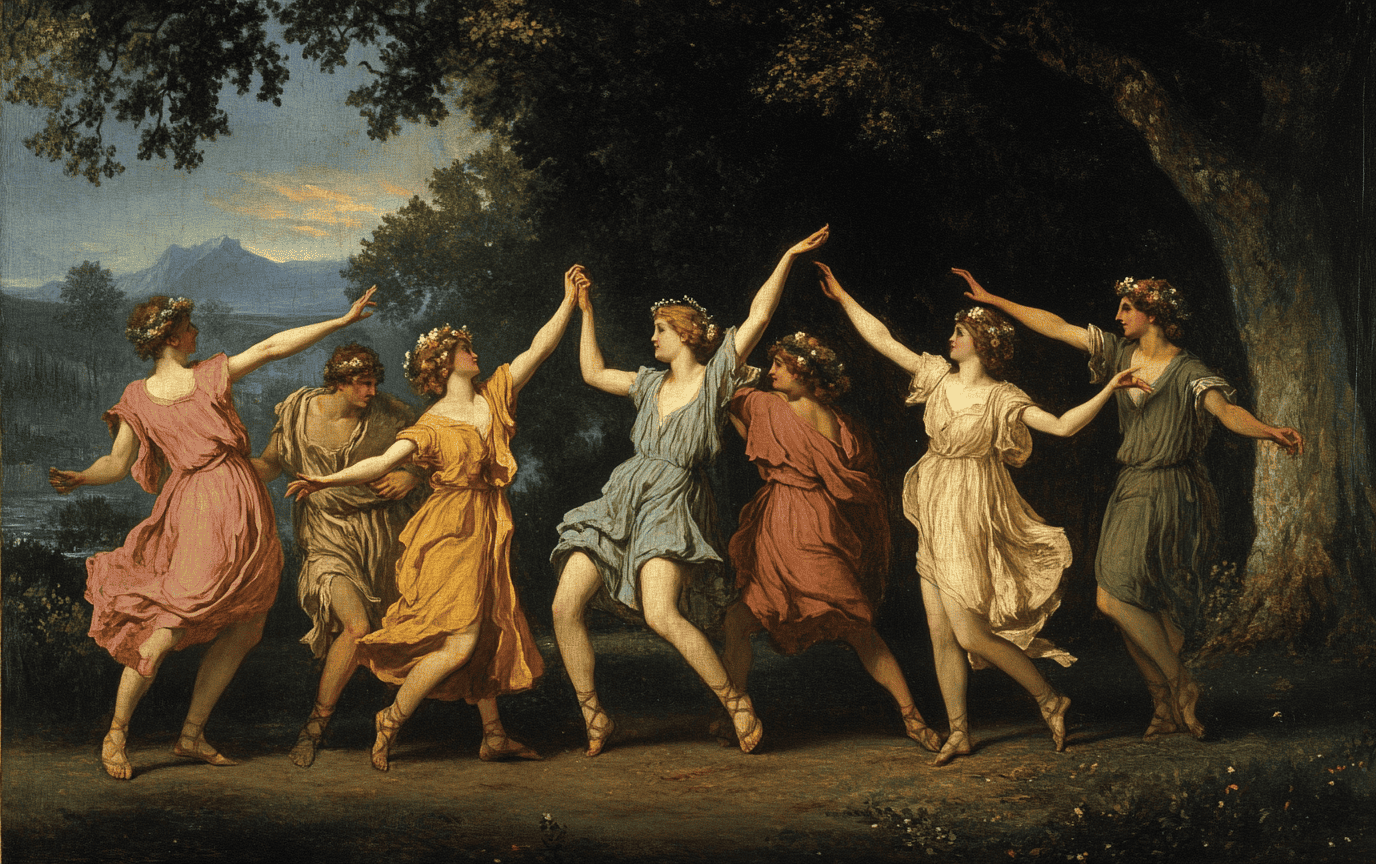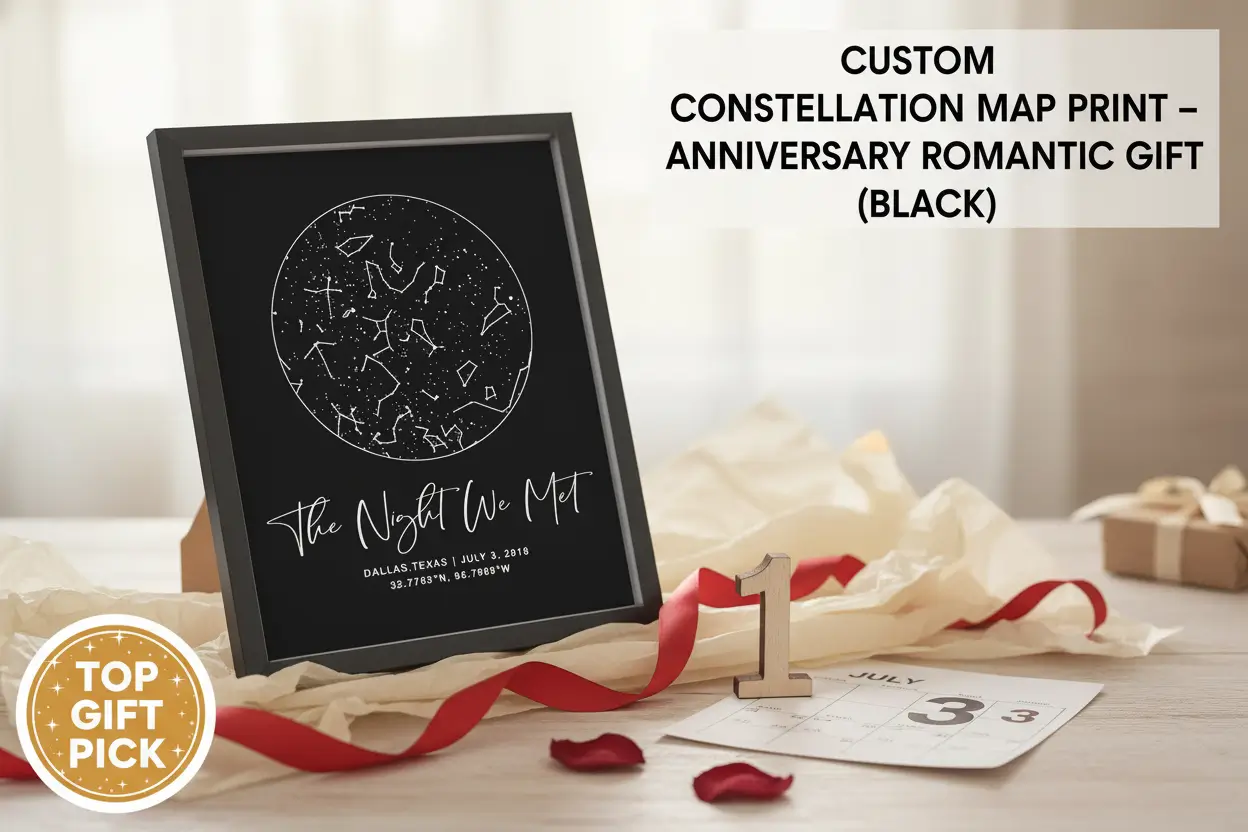Understanding the Importance of Dance in Greek Mythology
Dance, an art form as timeless as the stars above Greece, has always held an extraordinary place at the intersection of culture, spirituality, and expression. In the rich tapestry of Greek mythology, dance is not merely movement but an essence— a connection to the divine, an echo of emotions, and a vessel for stories both sacred and profane. Here, we embark on a journey that unveils the significance of dance in the ancient Greek world, revealing the depths of its origins, its varied forms, and its profound impact on society.
Origins and Cultural Significance
The rhythmic swaying of bodies dates back to an era steeped in mystery and reverence—the Minoan civilization of Crete, where art flourished like a wildflower amidst ruins. Imagine frescoes that capture the grace of women in motion, their forms celebrating life against the backdrop of nature. These images, discovered in the hushed corridors of ancient palaces, whisper secrets of our ancestors. Here, dance emerges from rituals echoing prayers to the gods, an offering woven into the fabric of existence.
Dancing wasn’t simply an act; it was a language that spoke to the heart of the people. The ancient Greeks viewed it as a gift of the gods, a spiritual connection infused within each move. The creation of dance rituals served as a bridge between the mortal realm and the divine, marking life's significant moments, from weddings to harvest festivals, infused with cultural and spiritual significance—a kaleidoscope of humanity's deepest aspirations.
Forms of Dance
Greek dance blossomed into a vibrant array of forms, each with its purpose, from individual performances showcasing skill to group dances enveloping entire communities in unison. Picture a pyrrhic dance, a vigorous war dance, where warriors embodied strength and resilience, their movements infused with the spirit of battle. Such dances did not just entertain; they fortified bonds and kindled a sense of shared identity.
In the heart of theatrical performances, the dithyramb emerged—a circular dance dedicated to Dionysus, the god of wine, fertility, and revelry. It was wild and unrestrained, swirling participants into a frenzy of ecstatic abandon where the lines between humanity and the divine blurred. The geranos, a spirited chain dance, symbolized communion and harmony, illustrating both individual expression and collective identity.
Each dance told a story, often transcending words, speaking to emotions entwined in the very essence of human experience. The circular formations found in these dances echoed the eternal cycle of life and death, an understanding of existence that resonates even today.
Mythological Significance
In the vibrant world of Greek mythology, dance became a sacred entity intertwined with the gods themselves. Dionysus, revelling in his divine mischief, danced in celebration with the satyrs and maenads, who surrendered to the exhilarating pull of oreibasia—dances that invoked divine possession. Here, movement morphed into trance, a powerful spiritual experience where participants believed they were vessels for the god’s will.
Yet it was not solely Dionysus who claimed dance. The Muses, particularly Terpsichore, the muse of dance and choral song, inspired artists to express their most profound emotions through movement. A realm where dance intertwines with poetry, art, and nature, it reflects the heart of existence—a profound reminder of life’s transient beauty.
Social and Educational Role
In ancient Greece, dance held more than just aesthetic value; it was a crucial aspect of education and social integration. Young boys and girls learned to dance as part of their upbringing, twirling between lessons in music, poetry, and philosophy. These movements were not just for entertainment; they helped shape character, instilling values of harmony and grace into the souls of the youth.
Imagine a mother watching her daughter in a sun-drenched courtyard, each step echoing tradition while carving individuality. “Dance well, my daughter,” she might say, “for each move is a reflection of your spirit.” In this way, the art of dance served as a cultural benchmark, a demonstration of refinement and moral character—a silent measure of one’s place in the grand mosaic of society.
The Legacy in Modern Times
Though the ancient world vanished beneath the sands of time, the legacy of Greek dance dances on in whispers through modern feet. Folk dances, still thriving in villages across Greece, retain the circular formations and rhythmic patterns that harken back to their ancient roots. Picture a lively gathering under the moonlit sky, the sound of laughter sparkling like stars as feet dance in unison, connecting generations in a tapestry of shared history.
The stories embedded in these dances linger on, offering a tangible link to the past. Arts like Bouzoukia encapsulate the spirit of ancient celebrations through lively music and dance, reflecting how deeply intertwined the ancient traditions remain with contemporary culture. Each step taken in the present creates ripples that extend back to those sacred moments beneath the watchful eyes of the gods.
Conclusion
Through this exploration of dance in Greek mythology, we discover a powerful testament to the human spirit—a dynamic bridge connecting the mortal and the divine. Each movement, each rhythm, carries whispers of history that resonate within us today.
In understanding dance, we gain a glimpse into the ancient Greeks’ psyche, revealing their reverence for both life and the divine. It was in their dances that they spoke of joy, despair, and the perpetual dance between fate and free will.
In every moment we choose to move, we are reminded of the ancient art that cultivated connection, expression, and celebration. As we step lightly through our own lives, let us carry forward the essence of Greek dance—an art form that speaks not just to the feet but also to the very core of existence.
Interested in more insightful reads? Check out our Travel Tips section for the latest advice. For lifestyle inspiration, explore our Lifestyle category, and dive into amazing destinations at Destinations. Don't forget to connect with us on YouTube, or follow our adventures on Instagram and Pinterest.













